

- RFQ
- BOM
-
Contact Us
Tel: +86-0755-83501315
Email: sales@sic-components.com
- Chinese
- English
- French
- German
- Portuguese
- Spanish
- Russian
- Japanese
- Korean
- Arabic
- Irish
- Greek
- Turkish
- Italian
- Danish
- Romanian
- Indonesian
- Czech
- Afrikaans
- Swedish
- Polish
- Basque
- Catalan
- Esperanto
- Hindi
- Lao
- Albanian
- Amharic
- Armenian
- Azerbaijani
- Belarusian
- Bengali
- Bosnian
- Bulgarian
- Cebuano
- Chichewa
- Corsican
- Croatian
- Dutch
- Estonian
- Filipino
- Finnish
- Frisian
- Galician
- Georgian
- Gujarati
- Haitian
- Hausa
- Hawaiian
- Hebrew
- Hmong
- Hungarian
- Icelandic
- Igbo
- Javanese
- Kannada
- Kazakh
- Khmer
- Kurdish
- Kyrgyz
- Latin
- Latvian
- Lithuanian
- Luxembou..
- Macedonian
- Malagasy
- Malay
- Malayalam
- Maltese
- Maori
- Marathi
- Mongolian
- Burmese
- Nepali
- Norwegian
- Pashto
- Persian
- Punjabi
- Serbian
- Sesotho
- Sinhala
- Slovak
- Slovenian
- Somali
- Samoan
- Scots Gaelic
- Shona
- Sindhi
- Sundanese
- Swahili
- Tajik
- Tamil
- Telugu
- Thai
- Ukrainian
- Urdu
- Uzbek
- Vietnamese
- Welsh
- Xhosa
- Yiddish
- Yoruba
- Zulu
- Kinyarwanda
- Tatar
- Oriya
- Turkmen
- Uyghur
Compare Ic
A comparator(https://www.sic-components.com/integrated-circuits-ics/linear/comparators) is an electronic circuit that compares two input voltages or currents and outputs a digital signal indicating which is larger. Using an op-amp in open-loop configuration, it amplifies the input difference to drive the output to high or low logic levels. Types like Schmitt triggers add hysteresis for noise immunity, while high-speed ones suit fast signal processing. Crucial in ADC, threshold detection, and waveform conversion, it bridges analog and digital domains with binary decision-making.
Comparator Past and Present (https://www.sic-components.com/integrated-circuits-ics/linear/comparators)
The development of comparators has evolved significantly from basic functional circuits to highly integrated devices.
In the early 1920s-1940s, electronic tubes enabled rudimentary comparator functions, though they were large, power-hungry, and unstable. Transistor-based comparators emerged in the 1950s-1960s, smaller and more efficient but limited by temperature instability and accuracy, used mainly in simple industrial control.
By the 1960s-1970s, op-amps in open-loop configurations revolutionized comparators, leveraging high gain for digital-level outputs with better performance—higher gain, faster response, and linearity—applied in ADC and waveform shaping. Dedicated comparator ICs in the 1970s-1980s integrated circuits on chips, offering small size, reliability, and features like hysteresis for noise resistance.
Today, comparators have diversified: high-speed types (nanosecond response) serve telecom and radar; low-power variants suit portable IoT devices; precision comparators (ultralow offset voltage) enable medical and scientific measurements; special-purpose ones include window and programmable comparators.
Technological advances like nanoscale semiconductor processes enhance integration, performance, and power efficiency. Mixed-signal integration combines comparators with ADCs, DACs, and microcontrollers in SoCs, meeting complex system needs and boosting overall integration.
Types of Comparator (https://www.sic-components.com/integrated-circuits-ics/linear/comparators)
A comparator is an electronic circuit that compares two input voltages or currents and generates a binary output based on their relationship. There are several types of comparators, each designed for specific applications. Here’s a detailed breakdown of the main types:
1. Voltage Comparator (Basic Comparator)
Characteristics
The simplest form of comparator, designed to compare two input voltages.
Operates in an open-loop configuration using an op-amp or dedicated IC.
Output switches between high and low states based on whether the non-inverting input voltage (V+) is higher or lower than the inverting input voltage (V-).
Working Principle
If (V+ > V-), output is high (e.g., (+Vcc).
If (V+ < V-), output is low (e.g., ground).
Applications
Threshold detection (e.g., alarm circuits when voltage exceeds a set value).
Simple signal conditioning and level shifting.
2. Schmitt Trigger (Hysteresis Comparator)
Characteristics
Incorporates positive feedback to create two different threshold voltages (upper and lower), known as hysteresis.
Prevents output oscillations (chattering) caused by noise when the input voltage is near the threshold.
Working Principle
Upper Threshold ((VUT): Output switches to high when (V+) rises above (VUT).
Lower Threshold (VLT): Output switches to low when (V+) falls below (VLT).
The hysteresis band (VUT- VLT) ensures stable switching in noisy environments.
Applications
Noise immunity in sensor interfaces (e.g., proximity sensors).
Debouncing switches and converting noisy signals to clean square waves.
3. Zero-Crossing Comparator
Characteristics
Compares an input signal to a reference voltage of 0V (ground).
Output switches when the input signal crosses zero, converting AC signals to square waves.
Working Principle
Connect the inverting input to ground (V- = 0v) and the non-inverting input to the signal.
During the positive half-cycle of the input, (V+ > 0), output is high.
During the negative half-cycle, (V+ < 0), output is low.
Applications
Converting sine waves to square waves for digital processing.
Phase detection in AC power systems.
4. Window Comparator
Characteristics
Uses two basic comparators to define an upper (VREF-H)) and lower (VREF-L) threshold, creating a “window” of acceptable voltages.
Output is high only when the input voltage lies within the window (VREF-L < V+ < VREF-H); otherwise, it is low.
Working Principle
Upper comparator: Compares (V+) to (VREF-H).
Lower comparator: Compares (V+) to (VREF-L).
The output logic combines the two comparator results to indicate if (V+) is within the window.
Applications
Battery voltage monitoring (alerts when voltage is too high or too low).
Quality control in industrial systems (detecting if parameters fall within safe ranges).
5. High-Speed Comparator
Characteristics
Designed for rapid response times (nanosecond-level propagation delay).
Optimized for high-frequency signals and applications requiring fast switching.
Key Features
Low input capacitance and high slew rate.
Suitable for analog-to-digital converters (ADCs) and high-speed communication systems.
Applications
Flash ADCs (parallel comparison of multiple voltage levels).
Radar signal processing and high-speed data acquisition.
6. Low-Power Comparator
Characteristics
Operates with minimal power consumption, often from microamps to milliamps.
Ideal for battery-powered devices (e.g., portable electronics, IoT sensors).
Key Features
Low supply voltage range (e.g., 1.8V–5V).
Sleep modes to further reduce power draw when inactive.
Applications
Energy-efficient sensor interfaces.
Battery management systems in wearable devices.
7. Precision Comparator
Characteristics
Offers low offset voltage (mV or sub-mV levels), high common-mode rejection ratio (CMRR), and low drift over temperature.
Ensures accurate comparison in critical applications.
Key Features
Tight tolerance on threshold voltages.
Minimal noise and distortion.
Applications
Medical equipment (e.g., ECG signal processing).
Scientific instruments and precision measurement systems.
8. Single-Supply vs. Dual-Supply Comparators
Single-Supply Comparator
Operates with a single positive power supply (e.g., 5V), with output levels referenced to ground.
Output range: 0 v (low) to Vcc (high).
Dual-Supply Comparator
Requires both positive and negative power supplies (e.g., +15V and -15V).
Output can swing to both positive and negative voltage levels, suitable for bipolar signals.
9. Open-Drain/Open-Collector Comparator
Characteristics
Output stage uses an open-drain or open-collector transistor, requiring an external pull-up resistor to set the high voltage level.
Enables flexible interface with different logic families (e.g., 3.3V or 5V systems).
Advantages
Allows “wired-AND” configurations (multiple outputs can be connected together).
Compatible with low-voltage or high-voltage systems by adjusting the pull-up resistor’s voltage.
Summary of Comparator Types
Type Key Feature Typical Applications
Voltage Comparator Basic comparison of two voltages. Threshold detection, simple signal processing.
Schmitt Trigger Hysteresis for noise immunity. Noise-immune circuits, waveform shaping.
Zero-Crossing Comparator Detects when a signal crosses 0V. Converting AC signals to square waves, phase detection.
Window Comparator Detects if a signal is within a range. Battery monitoring, parameter range detection.
High-Speed Comparator Fast response for high-frequency signals. ADC (Analog-to-Digital Conversion), high-speed communication.
Low-Power Comparator Minimal power consumption. Portable devices, sensor nodes.
Precision Comparator High accuracy and low offset voltage. Precision measurement, medical equipment.
Pros and Cons of Comparators (https://www.sic-components.com/integrated-circuits-ics/linear/comparators)
1. Advantages (Pros)
Simple and Intuitive Signal Comparison
Quickly converts the magnitude relationship of analog voltages/currents into digital logic outputs (high/low levels), facilitating processing by digital systems.
Simple structure based on operational amplifier (op-amp) design, easy to understand and implement.
High-Speed Response Capability
High-speed comparators (e.g., high-speed CMOS or ECL types) can complete signal comparison in nanoseconds (ns), suitable for high-frequency signal processing (e.g., ADC sampling, high-speed communication).
Flexibility in Threshold Detection
Thresholds can be flexibly defined by setting a reference voltage (Vref), enabling functions like voltage level detection and zero-crossing detection.
Window comparators can detect if a signal falls within a specific range, applicable to scenarios such as battery monitoring and industrial parameter warning.
Anti-Noise Design Features
Schmitt triggers introduce hysteresis to filter out minor noise interference, preventing output signal jitter.
Low Power Consumption and Cost Advantages
Low-power comparators are suitable for portable devices (e.g., sensors, IoT nodes), extending battery life.
Basic comparator chips are low-cost, ideal for general scenarios with low precision requirements (e.g., simple logic control).
Wide Range of Applications
Covers analog-to-digital conversion (ADC), waveform shaping (e.g., sine wave to square wave), feedback control systems, power management, and more.
2. Disadvantages (Cons)
Precision Limitations and Offset Voltage
Ordinary comparators have offset voltage, which may cause deviations between actual switching thresholds and theoretical values, requiring additional calibration (precision comparators can alleviate this but come with higher costs).
Inadequate precision for weak signals (e.g., microvolt-level differences), relying on high-gain designs or specialized precision models.
Trade-off Between Response Speed and Power Consumption
High-speed comparators typically consume more power, making it difficult to meet both low-power and high-frequency application requirements (compromises are needed in battery-powered devices).
Noise Sensitivity (Non-Hysteretic Design)
Basic comparators without hysteresis are prone to output oscillations in noisy environments (e.g., when the input signal is near the threshold), requiring additional circuits (e.g., Schmitt triggers or filter networks) for optimization.
Limited Output Drive Capability
The output stage of some comparators has weak drive capability, requiring external buffers (e.g., transistors, MOSFETs) to drive heavy loads or long lines.
Power Supply Dependence
The output voltage range is limited by the power supply voltage (e.g., unable to output negative levels with single-supply power), necessitating selection of appropriate models based on system power configurations.
Design Challenges in Complex Scenarios
Multi-channel or high-precision applications (e.g., medical devices, precision measurement) require specialized comparators, leading to higher costs and increased design complexity.
Parasitic capacitance, impedance matching, and other issues must be considered for high-frequency signals to avoid signal distortion.
3. Summary: How to Balance Pros and Cons?
Selection Criteria: Match comparator types to the core requirements of the application scenario (e.g., speed, precision, power consumption, noise resistance).
Typical Scenario Examples:
Industrial control (noisy environment) → Schmitt triggers or window comparators;
High-speed data acquisition → High-speed comparators (sacrificing some power consumption);
Portable devices → Low-power comparators (tolerating certain precision loss).
Optimization Directions: Compensate for the limitations of single types through circuit design (e.g., hysteresis, filtering) or model selection (precision/high-speed models) to balance system performance.
Why do I need a Comparator? (https://www.sic-components.com/integrated-circuits-ics/linear/comparators)
A comparator is an essential electronic component that serves critical functions in various systems. Here’s a detailed explanation of why you need a comparator, structured by application scenarios and core benefits:
1. Translating Analog Signals to Digital Logic
Problem: Analog signals (e.g., from sensors, audio inputs) are continuous, but digital systems require binary (on/off) inputs.
Solution: A comparator converts analog voltage differences into digital outputs (high/low), enabling interfaces between analog sensors and digital circuits.
Example: A light sensor (analog) connected to a comparator triggers a digital alarm when light levels fall below a threshold.
2. Threshold Detection in Real-Time Monitoring
Need: Identify when a signal crosses a critical level (e.g., voltage, temperature, pressure).
Comparator Role: Sets a reference voltage Vref and outputs a logic high/low when the input exceeds/falls below Vref.
Applications:
Battery Management: Alerts when battery voltage drops below a safe level.
Industrial Safety: Triggers shutdowns if motor temperature exceeds a threshold.
Medical Devices: Warns when patient vital signs (e.g., heart rate) deviate from normal ranges.
3. Noise Immunity and Signal Stabilization
Challenge: Noisy signals can cause erratic switching in digital circuits.
Schmitt Trigger Solution: A hysteresis comparator creates two thresholds (upper/lower), preventing rapid output switching when the input fluctuates near the threshold.
Example: In a noisy factory environment, a Schmitt trigger ensures a sensor’s output doesn’t jitter, stabilizing machine control signals.
4. Waveform Conversion for Digital Processing
Requirement: Convert analog waveforms (e.g., sine, triangle) to square waves for digital systems.
Zero-Crossing Comparator: Compares the input to 0V, switching output at each zero crossing, transforming AC signals into clean digital pulses.
Use Case: Converting mains power (AC) to a square wave for phase-locked loop (PLL) synchronization in power electronics.
5. Precision Range Detection (Window Comparators)
Need: Ensure a signal stays within a specific range (not too high, not too low).
Window Comparator Function: Uses two references V(high) and V(low) to check if the input lies between them, ideal for quality control.
Example: Monitoring battery charging: the output is high only when the voltage is between 3.5V and 4.2V, indicating safe charging.
6. High-Speed Signal Processing in Advanced Systems
Demand: Fast comparison for high-frequency applications (e.g., radar, 5G communications).
High-Speed Comparators: Switch in nanoseconds, enabling real-time decisions in high-data-rate systems.
Application: In an ADC, high-speed comparators compare the input voltage to multiple references simultaneously, converting analog signals to digital bits at gigahertz rates.
7. Energy Efficiency in Portable Devices
Constraint: Battery-powered devices require low-power components.
Low-Power Comparators: Operate with minimal current draw, extending battery life in sensors, wearables, or IoT nodes.
Example: A temperature sensor in a smart thermostat uses a low-power comparator to wake the system only when temperature crosses a set point, conserving energy.
8. Cost-Effective Solutions for Basic Logic
Advantage: Basic comparators are inexpensive and easy to implement, suitable for simple control tasks.
Use Case: A DIY project using a comparator to turn on a fan when room temperature exceeds 25°C, without needing a microcontroller.
9. Critical Role in Feedback Control Systems
Function: Compare actual system values (e.g., motor speed, temperature) to desired setpoints, adjusting outputs to maintain stability.
Example: In a PID controller, a comparator compares the measured temperature to the target, triggering heating/cooling elements to narrow the difference.
10. Enabling Specialized Applications
Medical Equipment: Precision comparators process ECG signals, filtering noise and detecting abnormal heartbeats.
Automotive Systems: Comparators in ADAS (advanced driver assistance systems) analyze LiDAR signals to detect obstacles in real time.
Aerospace: High-reliability comparators ensure safe operation of avionics by monitoring critical parameters (e.g., engine pressure).
Summary: Key Reasons to Use a Comparator
Need Comparator Solution Impact
Convert analog to digital Basic voltage comparison Enable digital systems to process real-world signals.
Monitor critical thresholds Reference voltage setting Prevent system failures or alert users to anomalies.
Stabilize noisy signals Hysteresis (Schmitt trigger) Ensure reliable operation in harsh environments.
Process high-frequency signals High-speed comparator Enable advanced technologies like 5G and radar.
Conserve power in portable devices Low-power comparator Extend battery life in IoT and wearable tech.
Comparator vs OP-AMP: Key Differences and Applications
1. Fundamental Design and Function
Aspect Comparator OP-AMP (Operational Amplifier) (https://www.sic-components.com/integrated-circuits-ics/linear/amplifierscategory-1/instrumentation-op-amps-buffer-amps)
Core Purpose Compares two input signals and outputs a digital logic level (high/low) based on which is larger. Amplifies the difference between two input signals or performs analog signal processing (e.g., filtering, integration).
Output Type Digital output (typically compatible with logic families like TTL/CMOS). Analog output that varies continuously with the input difference.
Feedback Usage Rarely uses negative feedback (designed for open-loop operation). Relies on negative feedback to control gain and stability for linear operation.
2. Key Functional Differences
Operation Mode:
Comparator: Works in open-loop configuration, where the output saturates to the supply rails when the input difference exceeds a threshold. For example, if Vin+> Vin-, the output jumps to VCC(high); otherwise, it drops to VEE (low).
OP-AMP: Typically uses negative feedback to maintain a near-zero input difference (virtual ground), enabling gain settings (e.g., inverting/non-inverting amplifiers). Without feedback, it acts as a high-gain comparator but is less optimized for speed or logic-level output.
Speed and Response:
Comparator: Optimized for fast switching (nanosecond-level delay), suitable for high-frequency signals (e.g., ADC sampling or pulse detection).
OP-AMP: Limited by parameters like slew rate and gain-bandwidth product (GBP), making it slower in open-loop comparator mode. For example, a general-purpose OP-AMP might have a slew rate of 1 V/μs, while a comparator can switch in <10 ns.
Output Drive:
Comparator: Often includes a push-pull or open-drain output stage to directly drive digital loads or logic circuits.
OP-AMP: Outputs analog voltages and may require additional buffers to drive digital loads, as its output swing is typically limited by the supply voltage (e.g., rail-to-rail or not).
3. Design Considerations
Offset Voltage and Precision:
Comparator: May have higher offset voltage (mV range) unless specifically designed as a precision comparator. Calibration is often needed for accurate threshold detection.
OP-AMP: Can achieve lower offset voltage (μV range) with precision models, making it suitable for low-level signal amplification before comparison.
Hysteresis and Noise Immunity:
Comparator: Schmitt trigger comparators integrate hysteresis to reject noise, preventing false switching near the threshold.
OP-AMP: Hysteresis must be added externally via positive feedback, which complicates design for noise-sensitive applications.
Power Consumption:
Comparator: Low-power types exist (μA-level supply current), ideal for battery-powered devices.
OP-AMP: Power consumption varies but can be higher in high-gain or high-speed applications, though low-power OP-AMPs are available for portable systems.
4. Practical Applications
When to Use a Comparator:
Threshold detection (e.g., overvoltage alarms, zero-crossing detection for AC signals).
High-speed signal conversion (e.g., converting analog waveforms to digital pulses for ADCs or communication systems).
Noise-immune circuits (e.g., using Schmitt triggers for waveform shaping in noisy environments).
When to Use an OP-AMP:
Signal amplification (e.g., in audio preamps or sensor conditioning circuits).
Analog signal processing (e.g., active filters, integrators, differentiators).
Precision applications requiring low offset and high gain stability (e.g., medical sensors or measurement systems).
5. Example Circuit Comparison
Basic Comparator Circuit:
plaintext
Vcc
|
├─ R1
| |
└─+─|─ Comparator (+ input: Vref, - input: Vin)
|
└─ Output (logic high/low)
OP-AMP as Comparator (Open-Loop):
plaintext
Vcc
|
├─ Rf (optional for hysteresis)
| |
└─+─|─ OP-AMP (+ input: Vref, - input: Vin)
|
└─ Output (analog voltage, may require level shifting to logic levels)
6. Summary: Key Takeaways
Comparator: Choose for digital output, high-speed switching, noise immunity, or dedicated threshold detection without amplification.
OP-AMP: Choose for analog signal processing, precision amplification, or when flexibility in feedback-based circuit design is needed.
The Future of Comparators
Technological Advancements
Higher Precision & Speed: Semiconductor process advancements (e.g., nanoscale fabrication) will enhance comparator accuracy (critical for aerospace and medical precision measurements) and reduce response times to sub-nanosecond levels, enabling high-frequency signal processing in 5G and advanced ADCs.
Integration with Emerging Tech: AI and IoT will drive smart comparator designs. For example, AI algorithms paired with comparators will enable real-time data analysis in IoT quality control systems, while CAD integration will optimize design efficiency.
Miniaturization & Energy Efficiency: Nanotechnology will shrink comparator size for portable devices (e.g., wearables) and lower power consumption, aligning with green energy demands.
Market & Application Expansion
Emerging Industries: Comparators will see rising demand in new energy vehicles (for battery management and motor control), smart manufacturing, and 5G infrastructure, creating more opportunities.
Diversified Scenarios: Beyond traditional uses (ADC, waveform shaping), comparators will penetrate biomedical signal processing (e.g., ECG monitoring), environmental sensors, and AI-driven edge computing devices.
Industry Dynamics
R&D Investment: Manufacturers will prioritize innovation in circuit architecture, new materials (e.g., graphene), and processes to boost performance, such as low-offset voltage for precision comparators.
Strategic Collaboration: Cross-industry partnerships (e.g., semiconductor firms and equipment suppliers) will accelerate tech development, ensure supply chain stability, and drive standardization for next-gen comparator solutions.
Looking for top - notch comparators? SIC Company is your go - to supplier! We offer a diverse range of high - quality comparators, from high - speed ones for rapid signal processing to precision types for accurate measurements. Our products feature advanced technology, ensuring stable performance and low power consumption. With years of experience, SIC Company provides customized solutions to meet your unique needs. Count on us for reliable delivery and excellent after - sales service. Choose SIC Company and empower your projects with our outstanding comparators!
(https://www.sic-components.com/integrated-circuits-ics/linear/comparators)

Hot Products
View MoreRelated Blogs

2000+
Daily average RFQ Volume

30,000,000
Standard Product Unit

2800+
Worldwide Manufacturers

15,000 m2
In-stock Warehouse



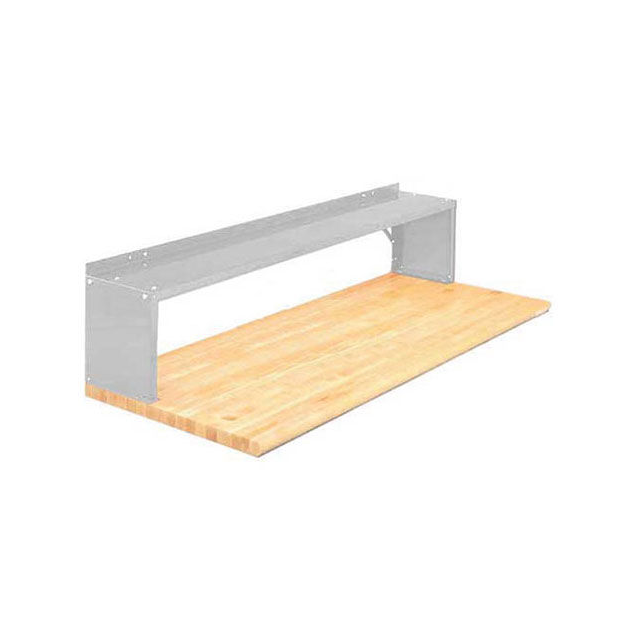
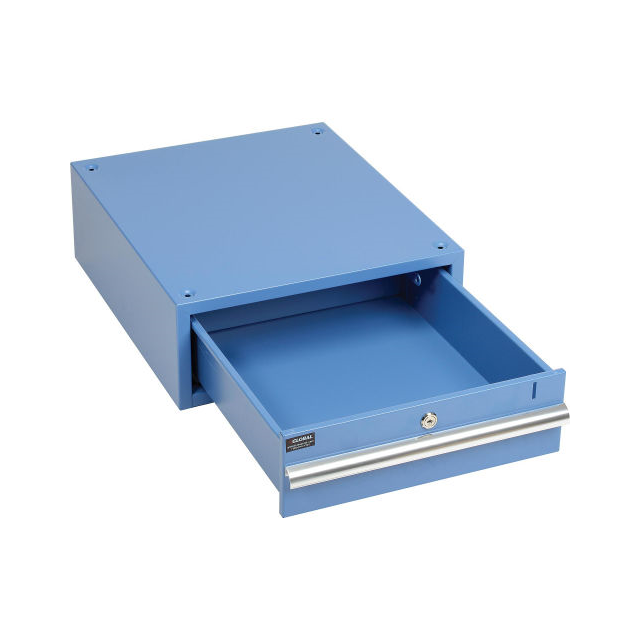
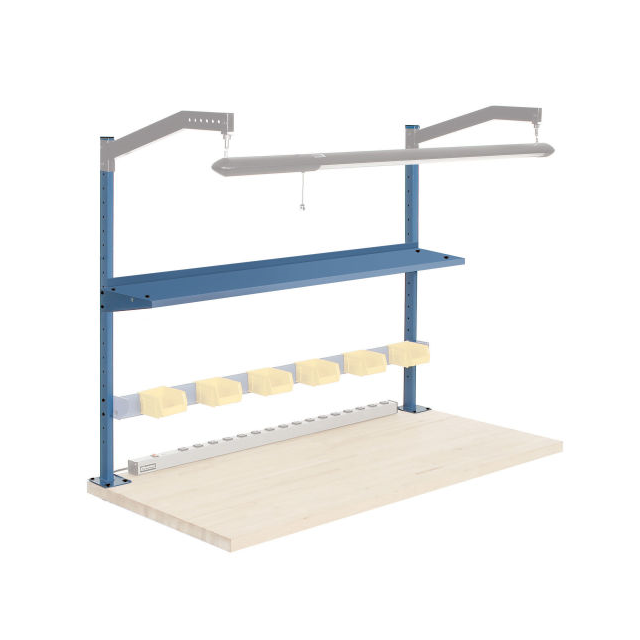


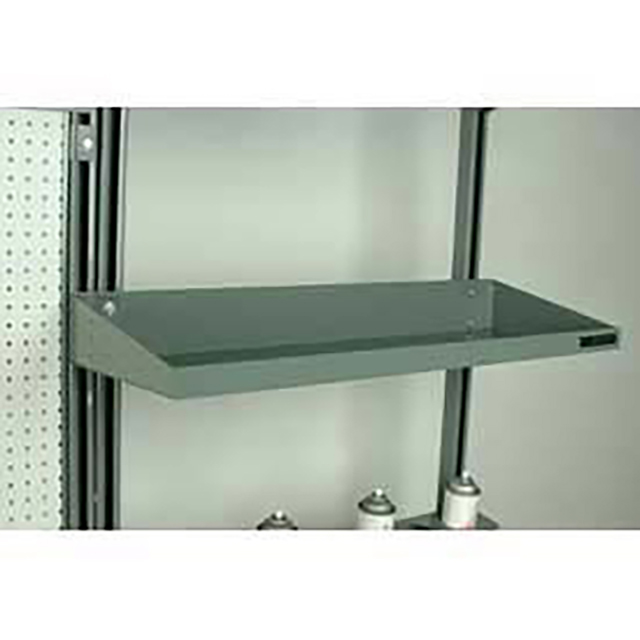
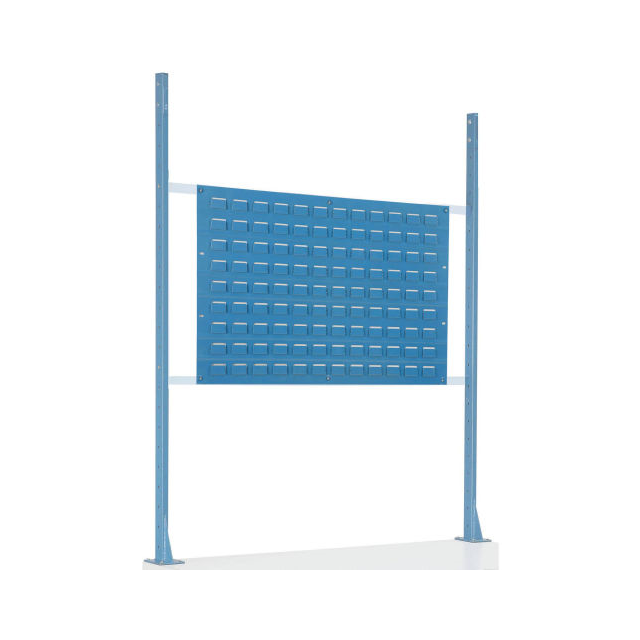
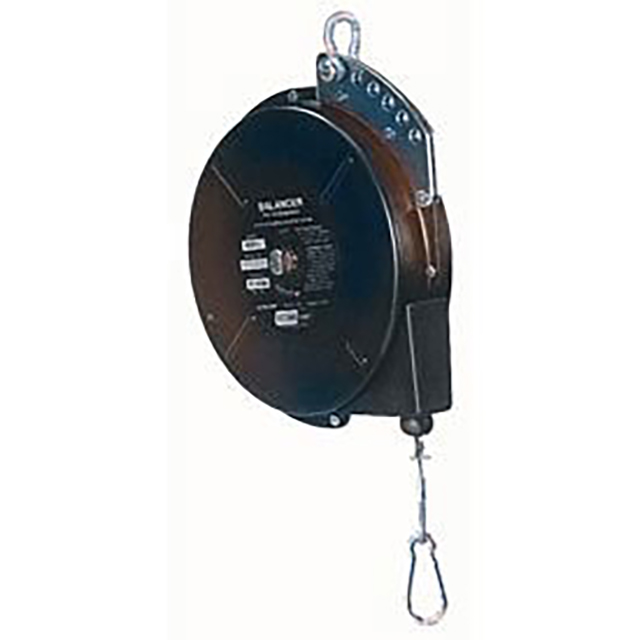
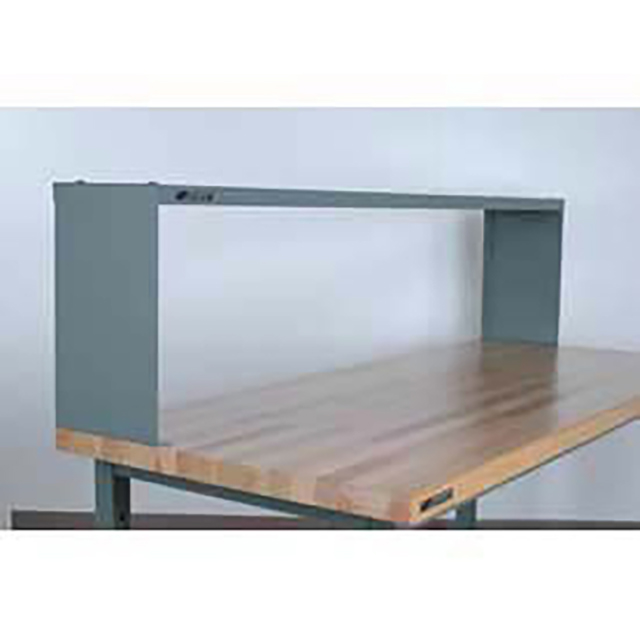


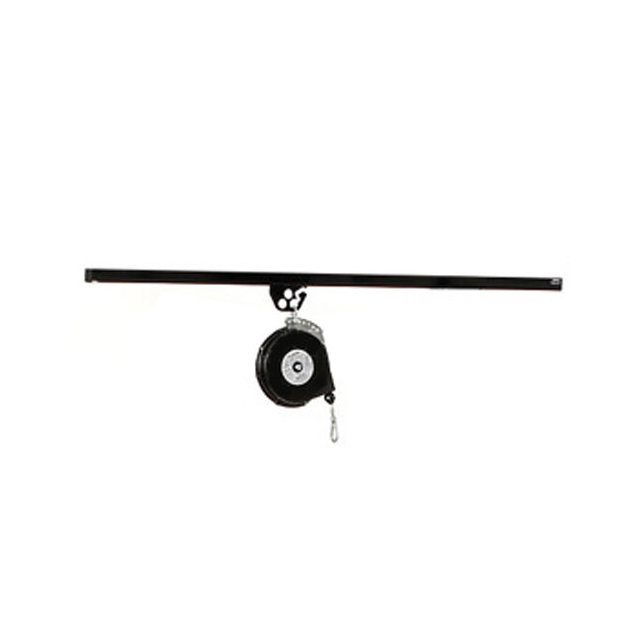

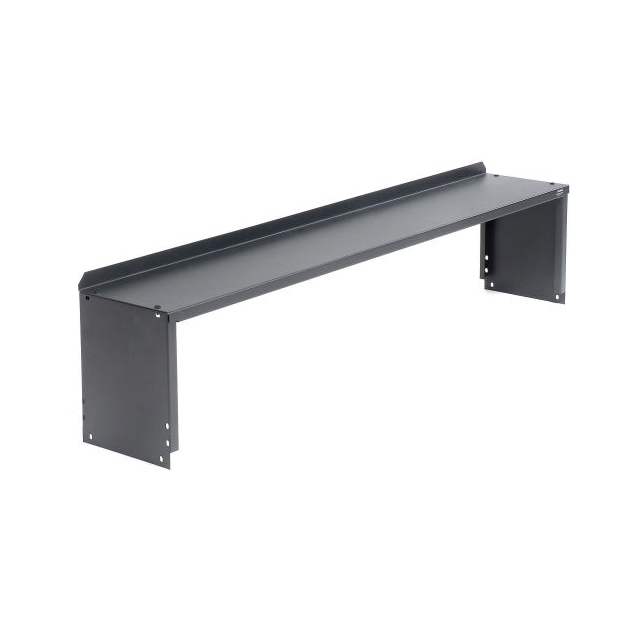

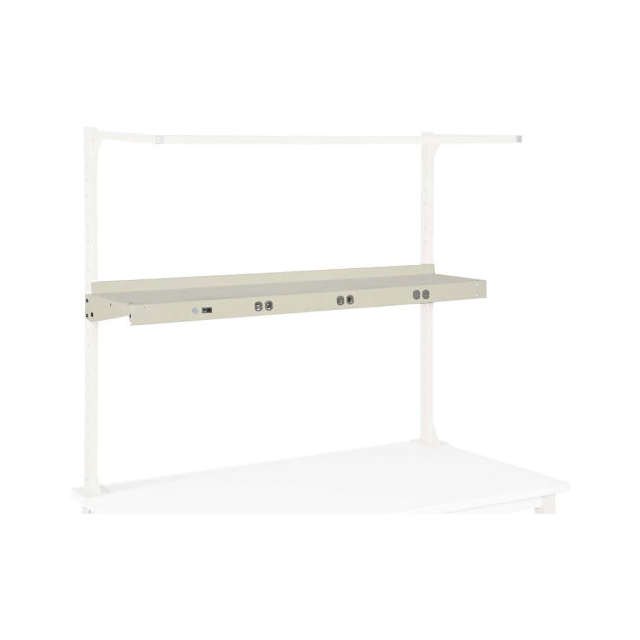
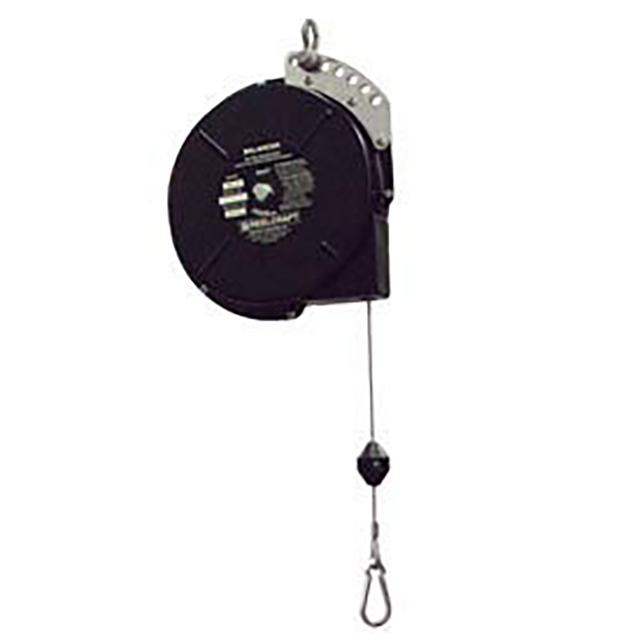
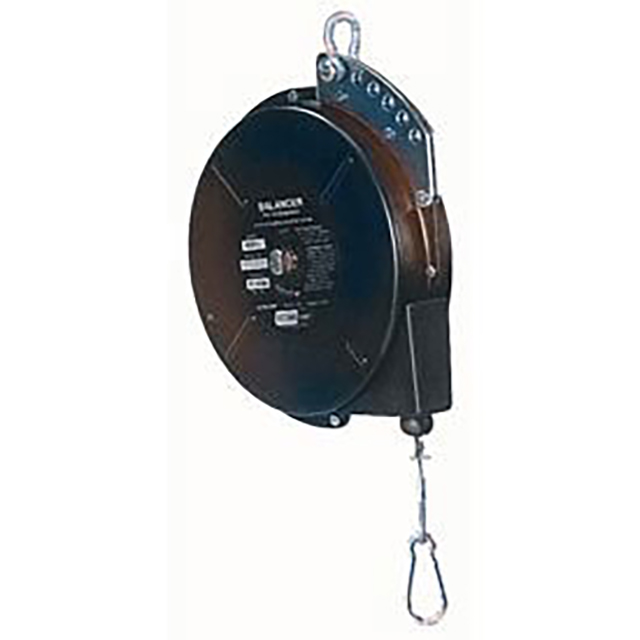









 Wishlist (0 Items)
Wishlist (0 Items) 